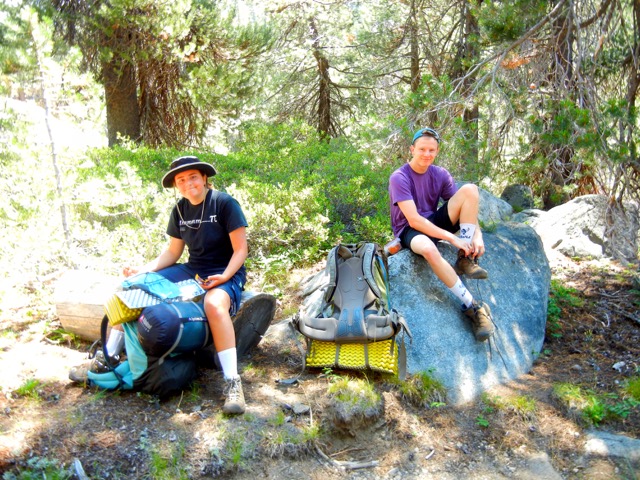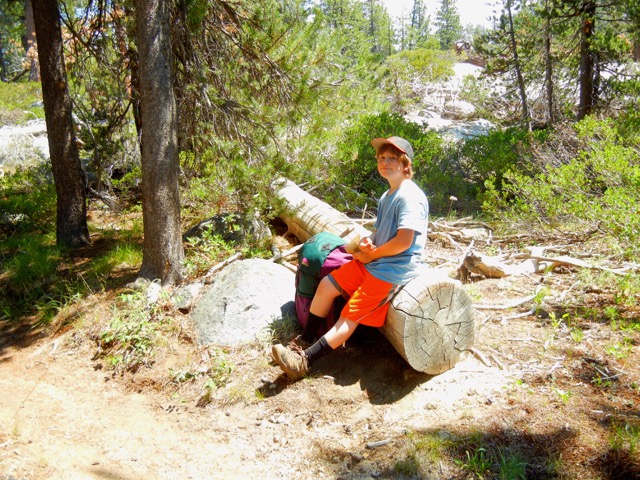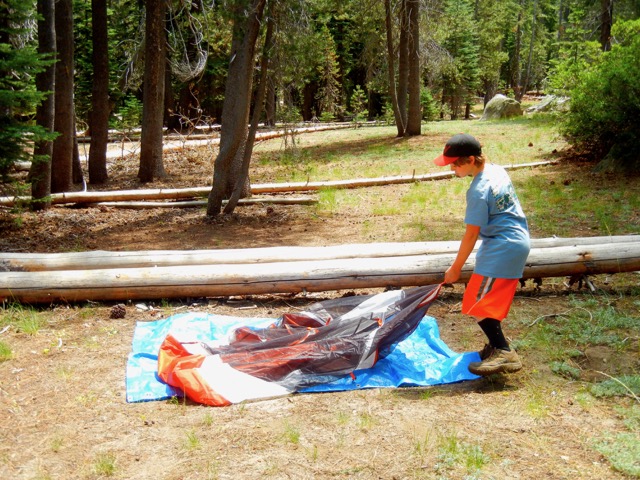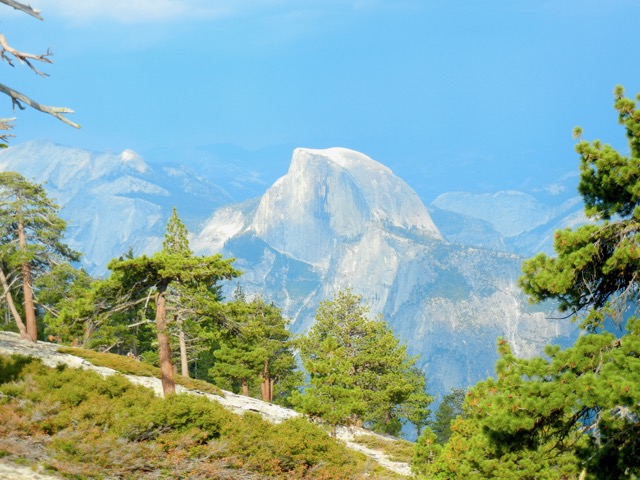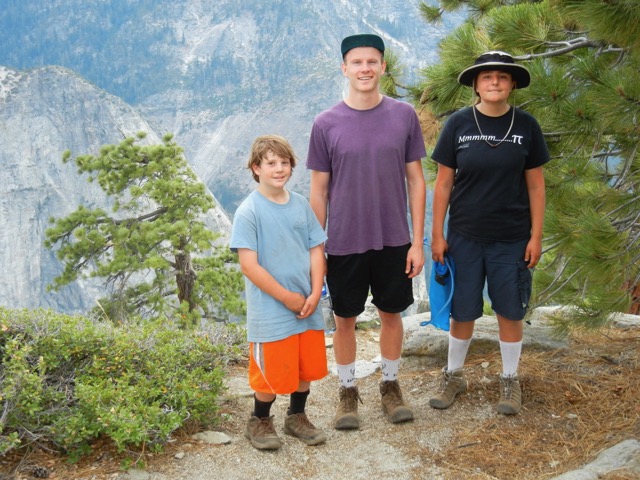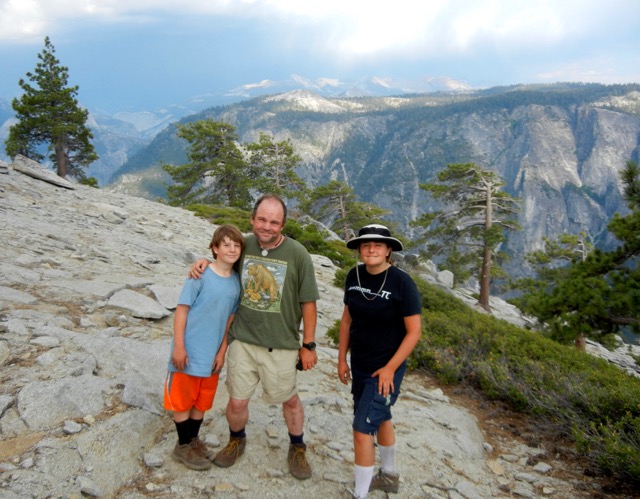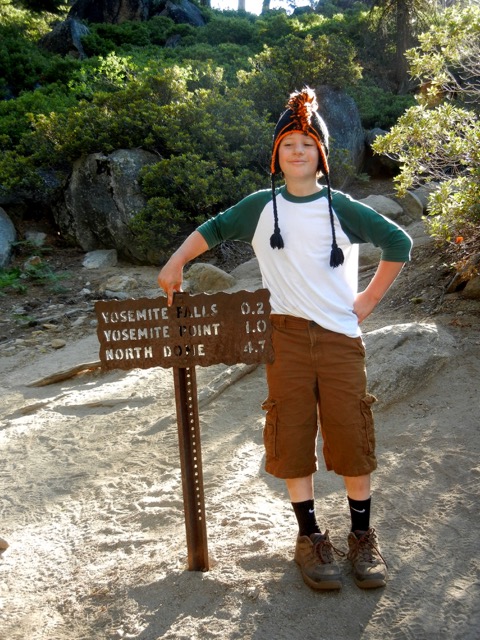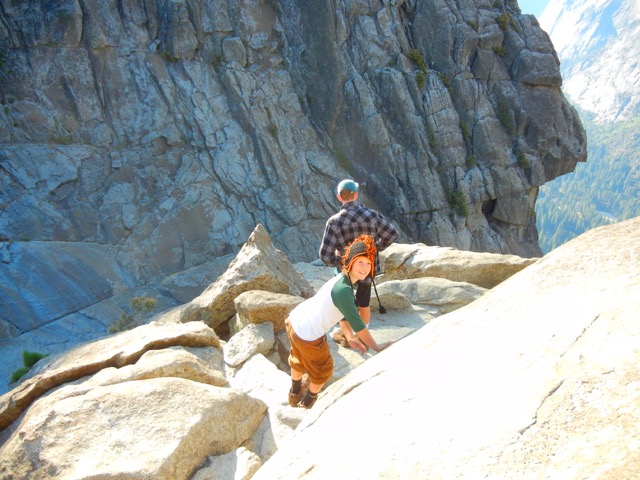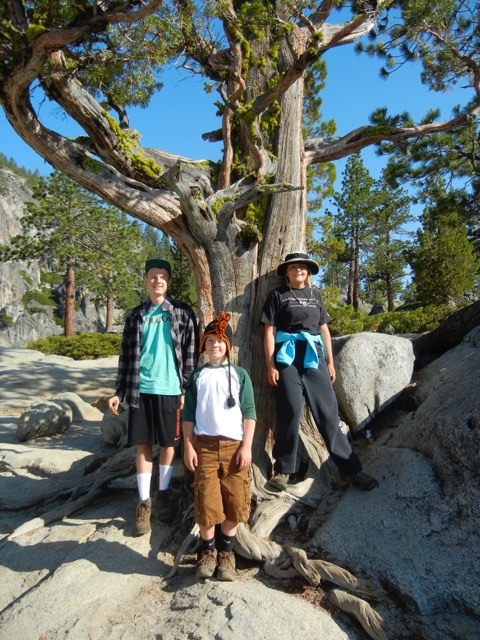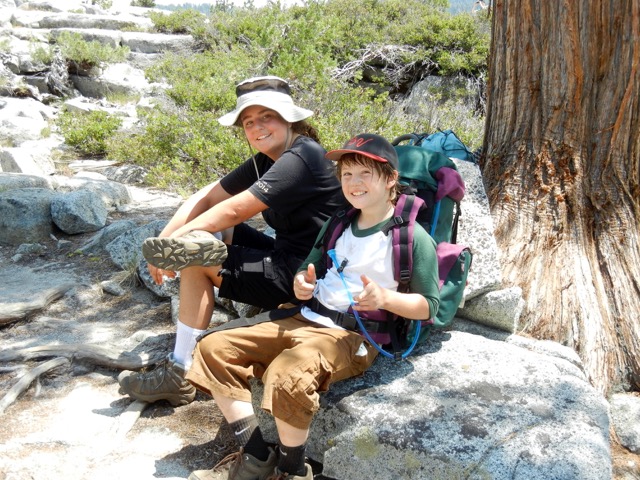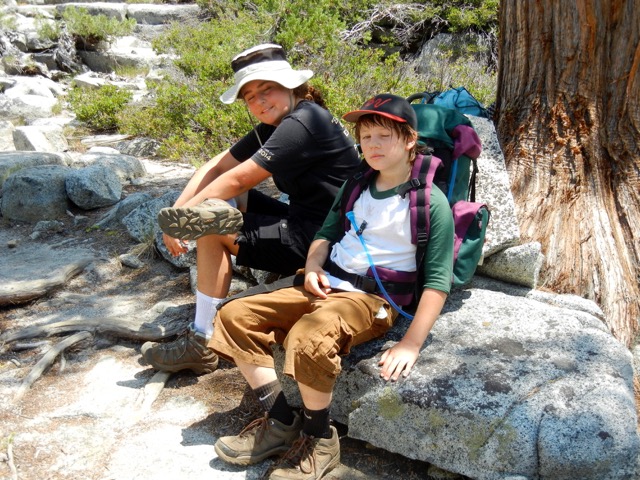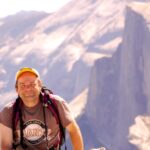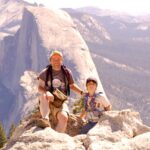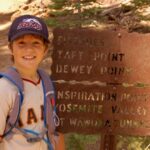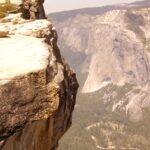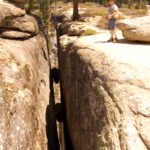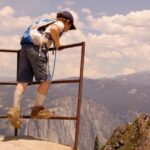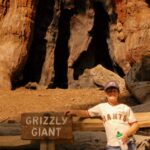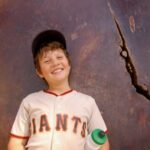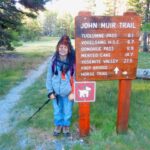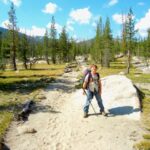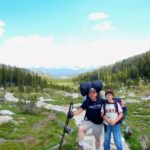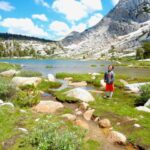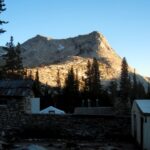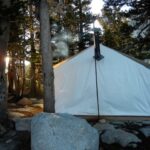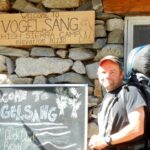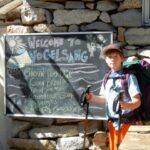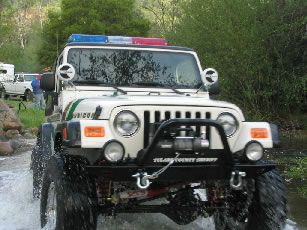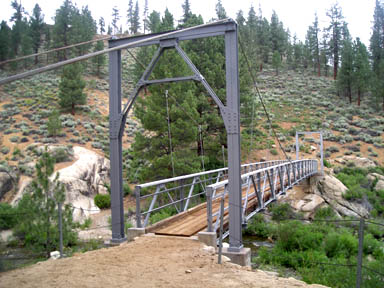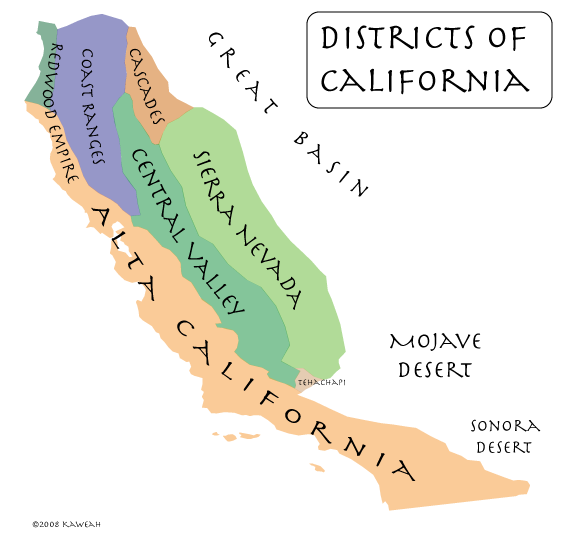I was born in California and raised in transit. In my parents’ fifty years of marriage, they have resided in forty different places in a half-dozen states and nations. My father is a restless man. He gives the term “blind ambition” new meaning: he is quite literally blind, and seems charged with a deep, innate pride. He lost most of his eyesight at age three, and then lost his eyes at age twenty. He doesn’t regret being blind, perhaps because he has achieved a great deal in his life that he might not have achieved had he been sighted. He has seen success after success as a chiropractor. As a wrestler from Mount Kisco, New York, he was once crowned state champion. They called him “King Kong of Kisco.” Blindness seemed to give him better body-awareness, and it sometimes distracted his opponents, though it was not quite enough to stop the national champ from pinning him at the national tournament in San Francisco.
My mother has also leapt some hurdles. A child of a Dust Bowl farmer, she fell victim to rickets (malnutrition) as a child, and grand mal seizures as an adult. Her tremendous will power has helped her to stabilize her blood sugar metabolism and avoid the seizures that once vexed her. Though she was timid and bereft of self-esteem as a young adult, she has since blossomed and shown herself to be a natural businesswoman with a particular knack for accounting. She and my father appear to have been made for each other, though she has never found a cure for his wanderlust.
Just after my first birthday, my family moved from south-central Los Angeles to Frogmore—a Gullah village on an island off the South Carolina coast, where my parents once attended a meeting of Martin Luther King and the Southern Christian Leadership Conference (SCLC). After Frogmore, we returned to California, and bounced around Santa Maria for several years. Then we returned to South Carolina, where my parents bought what had once been a boys’ home in a hamlet named Jericho. They’d planned to make the three-story hotel-of-sorts into a regional religious center, but the old building was a maintenance nightmare, and only served to impoverish them. Long before my parents ever managed to sell their “Hotel Jericho,” we moved across the low country into a small trackside house. There was no hope there to make a living, so we moved to the edge of a black neighborhood in nearby Walterboro, where I happened to attend a small Catholic school where I was the only non-black student. After that, we moved up near Greenville. A year later, nearly penniless, we returned to California and moved into a mobile home on the Mojave Desert near Lancaster, then moved to Hanford in the San Joaquin Valley, where business was always good. We did so well in Hanford that we moved to South Africa. That didn’t work out, so we returned to California and pitched our tents in Red Bluff. Next, we returned to South Carolina, and bought a house in Lancaster—our second hometown by that name. We soon went broke again and returned to California. We settled in Tulare, again in the San Joaquin Valley, and business was good—so good, in fact, that we returned to South Africa—well, almost: on the way to Africa, my little brother and I got jobs as security guards in Israel, but our parents went ahead and moved to Africa, and not for the last time, I might add.
Most of that moving was done either for missionary purposes or to finance further missionary work. All the motion left me a bit dizzy and not particularly rich in friends, but it was a valuable experience. It was an ongoing lesson in faith and financing, to say nothing of restlessness and alienation! It has informed my personal view of the world, which has always involved maps.
The maps began as the wallpaper of my childhood. There were the maps we used when moving across county, state, and country. There were the maps used to plan moves that we never made—Belize, British Columbia, etc. There were the maps used to plan missionary campaigns throughout the countryside. At age twelve, I began to explore the countryside on my own, with the help of a county map. Then I discovered the trove of maps at my local library and the libraries of the cities that we visited. I wrote chambers of commerce everywhere, and was rewarded with more maps. Maps became my personal window into the world.
Maps present the world in a form that is at once abstraction and art. They showed me the world in a way that text and photos never could. They facilitate both exploration and imagination. It is in this capacity that maps introduced me to the Sierra Nevada. I can still see in my memory the images of maps that inspired my excursions into those mountains during my high school years.
What I learned from the Sierra Nevada became part of me. With its giant sequoias, granite domes, golden trout, caverns, canyons, wildflowers and wildfires, dizzying heights, blue lakes, waterfalls, alpenglow and starry nights, the Sierra Nevada instilled in me a passion for nature and the natural sciences. The Sierra introduced me to earth science and astronomy, and by association, taught me to enjoy physics and mathematics. More recently, the Sierra has inspired me to study geophysics and plate tectonics, to understand the mechanisms that have forged the Sierra, California, and our planet. From what I have read, it seems that earth science and planetary science are in the midst of a golden, revolutionary age, and I’m off to join the revolution.
37.242286-121.730945
